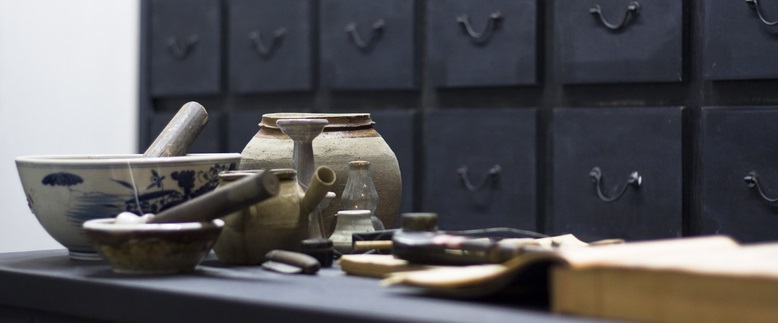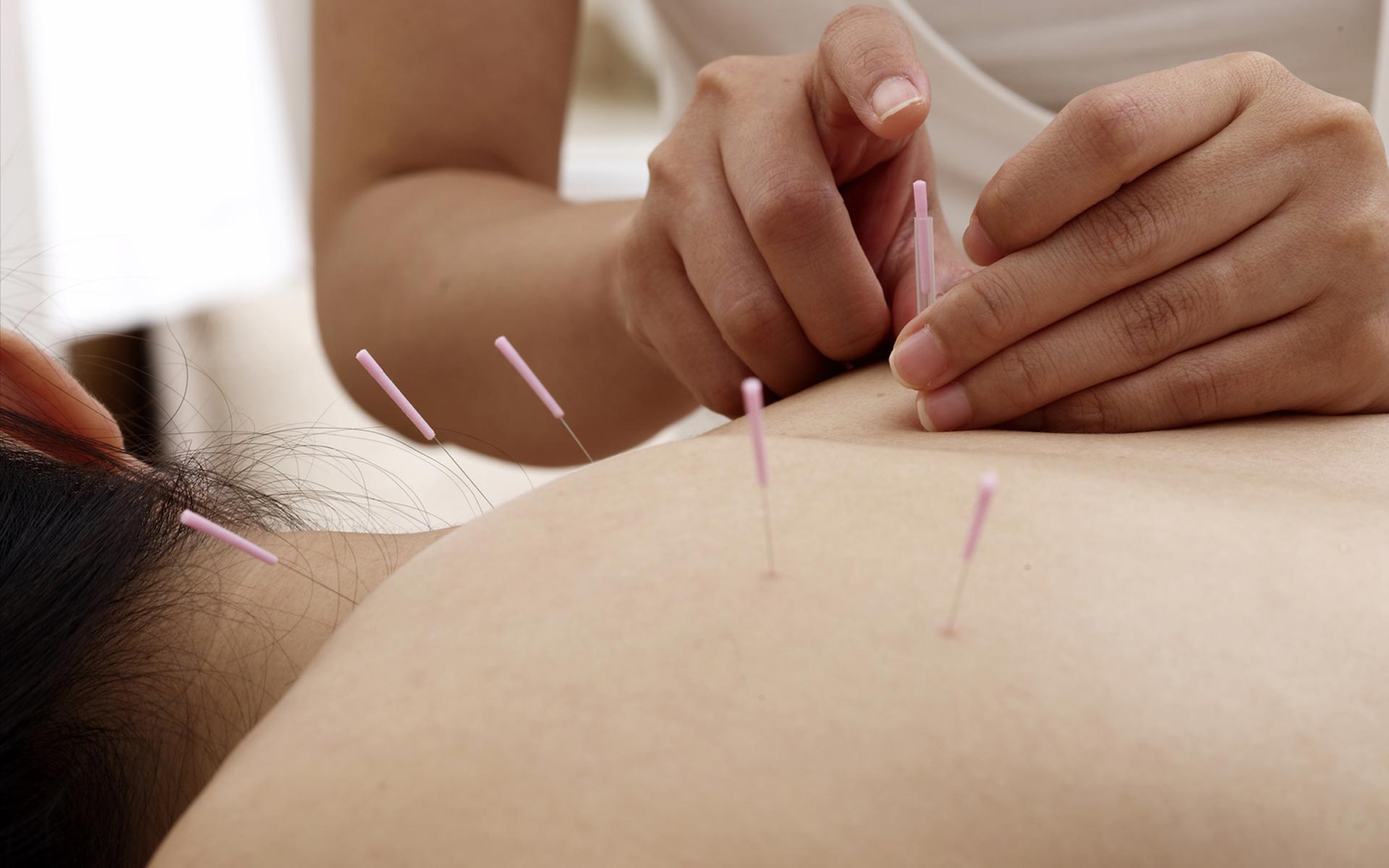Aroma Acupressure vs. Acupuncture
 Is Acupuncture Better than Aroma Acupressure Therapy?
Is Acupuncture Better than Aroma Acupressure Therapy?
It has long been assumed that acupuncture is better than acupressure as the stimulation at the time of the treatment is stronger with acupuncture. However, there is a combined impact by using essential oils on acupuncture points; the healing mechanism of the acu-point is activated and the therapeutic qualities of the essential oils multiply the therapeutic benefits. Additionally, patients can apply essential oils to acupuncture points multiple times per day rather than receiving a treatment once or twice per week. Additionally, when patients are involved with their own treatment protocol, outcomes are improved (https://www.ncbi.nlm.nih.gov/pmc/articles/PMC3964421/). For acupuncturists, using needles makes a great deal of logistical sense; they are able to insert the needles and go tend to the next patient while the needles work their magic for 30 minutes or so in a resting patient.
Enroll In Our Aroma Acu-Therapy® Online Certification Course Linked Here Today!
Related Articles:
![]()
Aroma Acupoint Therapy Compared to Acupuncture
It does not have to be an either/or choice; Aroma Acu-therapy® is being widely applied by licensed acupuncturists in clinic to enhance the affect of acupuncture. They are also prescribing Aroma Acu-sticks® for patient self-care between treatments.
Similarities:
- The location of the acu-points is the same for both aroma acupressure and acupuncture
- The uses of both methods are based on theories of traditional Chinese medicine
- Good therapeutic outcome can be expected from both modalities
Aroma Acu-Therapy® Pros:
- It's affordable
- No needles
- Saves time
- It can be done anywhere
- You will own a new skill
- You can apply Acu-Sticks® multiple times throughout the day enhancing the effectiveness
- The combination of essential oils combined with the healing potential of acupressure points multiplies the healing impact
Aroma Acupressure Cons:
- You must spend some time locating the acu-points
- You will want a rudimentary understanding of Chinese medical theory
Luckily, we have provided easy to understand traditional medical theory information for the lay-person on this website, locations where you find the acupressure points, methods on how to perform acupressure, and conditions that each acupressure point treats and how to combine pressure points to treat specific conditions.
That being said, traditional Chinese medicine is a complex functional medicine that takes many years of university and many decades of experience to truly master. If your condition is dire, chronic, or very complex you may be wise to visit a skilled acupuncturist. If your car needed repair, you would likely take it to a mechanic if it was something complex such as the transmission. However, you may be able to figure out how to change the oil all by yourself. The same common sense decision making considerations can be applied to your health.
Acupuncture Pros:
- Performed by skilled, experienced licensed acupuncturist (rather than a chiropractor or MD), your treatment will be based on a sound Chinese medical diagnosis
Acupuncture Cons:
- It is costly; the average acupuncture treatment will run $100 or more. This means that the number of acupuncture treatments you can afford may be limited
- It is time consuming; beyond the hour treatment, one must consider the amount of time it takes to get to and from your acupuncturists office
- Not everyone has access to a licensed acupuncturist
- Acupuncture offices have finite hours which must work with your schedule
- Some people have needle phobias or find being needled uncomfortable

![]()
Combining Acupuncture with Aroma Acupressure
There is no reason that one could not use both acupuncture and acupressure self-care at the same time. A skilled acupuncturist can give you some insights to your condition and diagnosis. It would be completely inappropriate to expect your licensed acupuncturist to spend time explaining what Spleen Qi Deficiency is, or how Liver Qi Stagnation develops; however, if you spend time perusing these article on basic Chinese medical theory you will be able to better understand your acupuncturists’ findings. In the same way, you cannot expect your acupuncturist to spend time showing you where to find acupressure points; however, most acupuncturists would be open to writing down 5-6 acupressure points to use for your combination. You can then find acupressure directions and point locations here!
One of the core theories of traditional Chinese medicine is that health conditions are constantly changing or evolving; disease and pain will present differently as you progress or as your condition devolves. Treating chronic conditions is much like peeling an onion; when the main symptoms are cleared away others appear that reveal the core causes of the disease or pain syndrome. It may be helpful to see a licensed acupuncturist one time per month to assess the state of your Qi is, or how well your Yin-Yang balance is being maintained. If your present licensed acupuncturist does not support and encourage self-care, find one that does. Again, you would want to be respectful of their time, but a bit of guidance and a general assessment is not out of line.
![]()
How to Get the Best Results Using Aroma Acupressure
One must also be aware that treating pain successfully with traditional Chinese medicine requires more strategic thinking than simply pressing on an acupressure point to work. Most pain is the result of organ level deficiencies rather than pain from traumatic injury. Traumatic injury would include surgery or a violent car crash. Back pain resulting from lifting your grandchild or knee pain from stepping off of a step and twisting it are not traumatic injury. In these cases, the back or knee was already weak due to Kidney Deficiency most likely, and susceptible to injury due to normal use. Joint pain is most often related to Liver imbalances according to traditional Chinese medicine. Therefore, if you develop arthritis, you are not unlucky; rather, you have likely had unresolved Liver Qi Stagnation for many years resulting in the development of arthritis. In these situations you would want to combine Chinese herbal therapy to re-inforce the organs along with acupressure for long-standing relief.
Using natural medicine to maintain health and prevent disease makes a great deal of sense considering the alternatives. The state of our conventional healthcare system is proof that there are very few quick or inexpensive fixes for health problems and pain. We have also learned that that using strong medicine, such as opioids, pharmaceuticals, or surgery, can have severe long-lasting negative consequences. The reason that natural therapies are generally safe is because they are gentle in their nature. Chinese medical therapies allow one to gently coerce corrections in the body and sooth imbalances while re-enforcing wellness. This requires a well-coordinated plan using multiple self-healing strategies for positive outcomes: acupressure and acu-sticks are used to direct Qi; tonic herbs are used to nourish and re-enforce organ systems; topical Chinese herbal remedies are used to speed healing; internal herbal supplements work to reduce inflammation and break up constraints leading to pain; Qi-Gong meditations are used to calm the mind and reduce stress; and a proper diet of whole foods is consumed. Only by combining all of these strategies can one expect great outcomes!
![]()
Wu, D. J., Dong, H. C., Tang, T. N., & Zhu, S. F. (2018). Acupressure for insomnia: A protocol for systematic review and meta-analysis. Medicine, 97(45), e13180. doi:10.1097/MD.0000000000013180
Armour, M., Ee, C. C., Hao, J., Wilson, T. M., Yao, S. S., & Smith, C. A. (2018). Acupuncture and acupressure for premenstrual syndrome. The Cochrane database of systematic reviews, 8(8), CD005290. doi:10.1002/14651858.CD005290.pub2
Smith, C. A., Armour, M., & Dahlen, H. G. (2017). Acupuncture or acupressure for induction of labour. The Cochrane database of systematic reviews, 10(10), CD002962. doi:10.1002/14651858.CD002962.pub4
Huang, C. F., Guo, S. E., & Chou, F. H. (2019). Auricular acupressure for overweight and obese individuals: A systematic review and meta-analysis. Medicine, 98(26), e16144. doi:10.1097/MD.0000000000016144
Yang, M. H., Lin, L. C., Wu, S. C., Chiu, J. H., Wang, P. N., & Lin, J. G. (2015). Comparison of the efficacy of aroma-acupressure and aromatherapy for the treatment of dementia-associated agitation. BMC complementary and alternative medicine, 15, 93. doi:10.1186/s12906-015-0612-9
Maa SH1, Sun MF, Hsu KH, Hung TJ, Chen HC, Yu CT, Wang CH, Lin HC. Effect of acupuncture or acupressure on quality of life of patients with chronic obstructive asthma: a pilot study. J Altern Complement Med. 2003 Oct;9(5):659-70.
This information has not been evaluated by the Food and Drug Administration. This information is not intended to diagnose, treat, cure, or prevent any disease.

